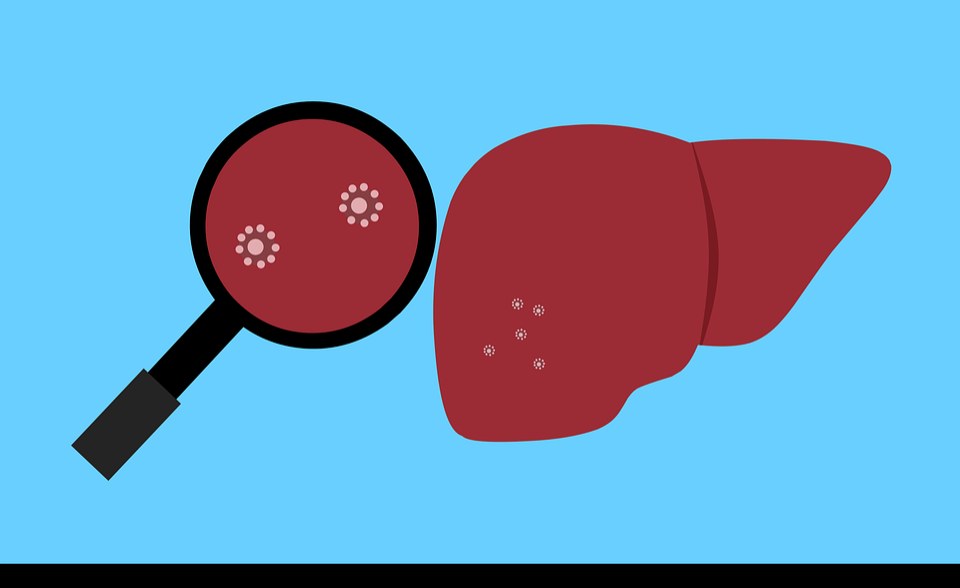The irony of the coronavirus is that while Europe, as well as The West, is the epicentre of the pandemic, it arguably has the least restrictions to curb the prevalence of the scourge.
Thus, the region has come under the spotlight amid indications that the relaxation of pandemic restrictions are behind the recent outbreak of a deadly hepatitis of unknown origin.
Among the restrictions that Western governments have eased include travel limitations, while thousands have been converging at sports venues and festivities across the region.
As the world comes to terms with COVID-19, the emergence of hepatitis among the minors is escalating into a global cause for concern.
The United Nations’ World Health Organisation (WHO) has at the time of publication confirmed that more than 700 probable cases had been reported to it from 34 countries.
A further 112 cases were under investigation.
At least 38 of these children have needed liver transplants.
Ten have died from the mysterious strain of hepatitis.
WHO continues working with countries to investigate the cause of hepatitis in these children with the outbreak remaining a mystery.
Tedros Adhanom Ghebreyesus, the WHO Director-General, disclosed that so far, the five viruses (including hepatitis A, B, C, D and E) that commonly cause hepatitis had not been detected in any of these cases.
“WHO receives reports of unexplained hepatitis in children every year, but a few countries have indicated that the rates they are seeing are above what is expected,” he said.
Experts have sought to solve the puzzle and the relaxation of COVID-19 apparently is to blame.
“Alternatively, as has been seen with other respiratory viruses, relaxation of pandemic restrictions could have led to a massive wave of adenovirus infections, allowing a rarer outcome of infection to be detected,” The Lancet stated in its recent Infectious Diseases note.
It can be no coincidence that a majority of these mysterious cases of hepatitis among children have been reported from the United Kingdom (UK).
In mid-May, the United States’ Centres for Disease Control and Prevention (CDC) disclosed 36 states and territories had reported 180 cases of hepatitis of unknown cause impacting children over the past seven months.
This was an increase from the 109 publicly reported in the first week of May 2022.
Meanwhile, adenoviruses have become central to investigations but not all children have tested positive for adenovirus.
Carissa Etienne, Pan American Health Organization (PAHO) director, said acute hepatitis of unknown origin in children and other respiratory infections were testing the health systems of the region.
The emergence of hepatitis of unknown cause in children is a setback to the WHO’s targets to eliminate viral hepatitis by 2030.
As experts seek answers, it remains to be seen whether the hepatitis among children are post-infectious sequelae of SARS-CoV-2.
In the United Kingdom for example, according to Lancet, a decline in the number of new cases of the hepatitis of unknown cause in the two weeks before May 6 coincided with a decline in cases of SARS-CoV-2.
SARS‑CoV‑2 is the acronym for severe acute respiratory syndrome coronavirus 2, a strain of coronavirus that causes COVID-19.
– CAJ News
Source link

